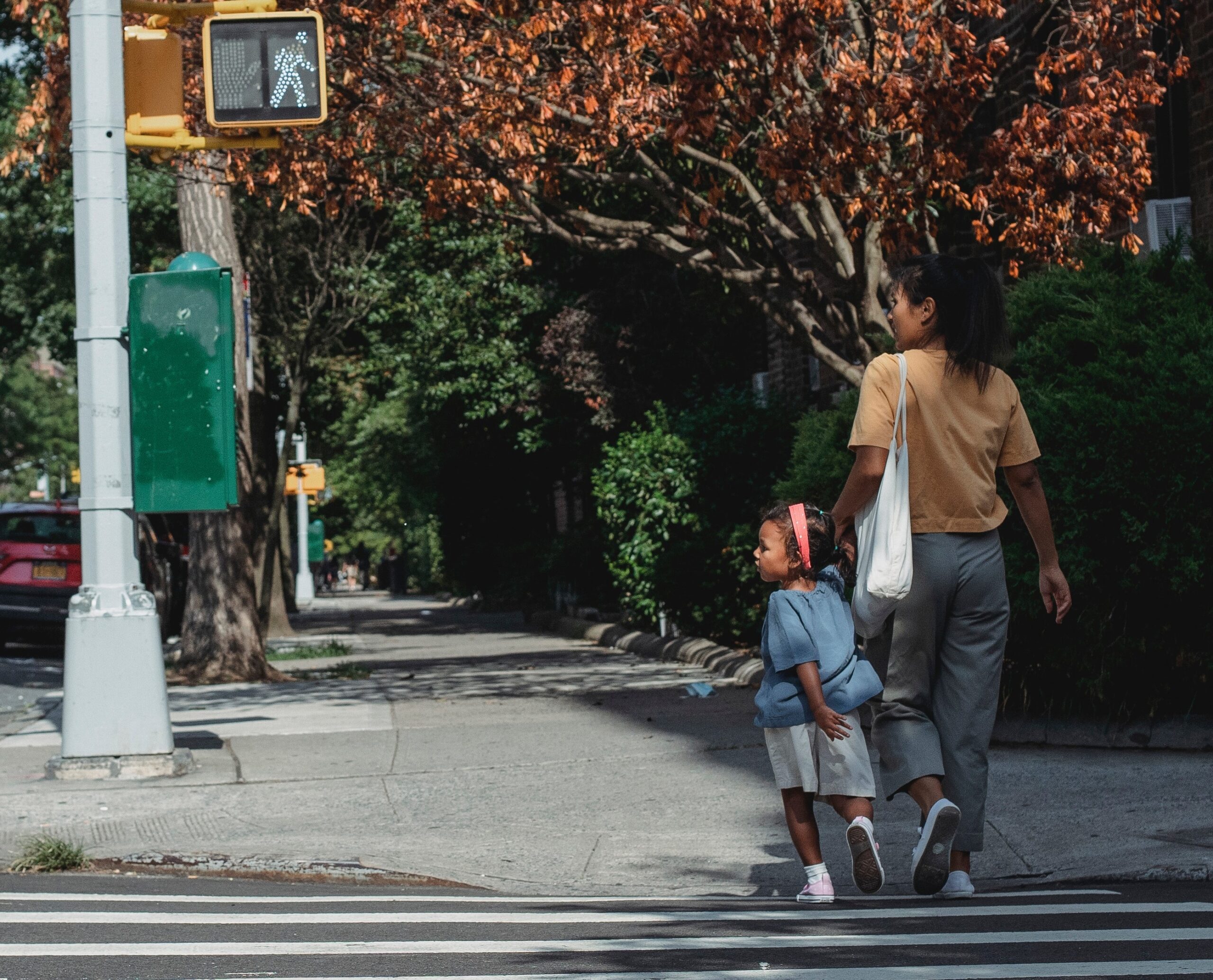The COVID-19 pandemic has underscored the need for a robust child-care infrastructure in the United States. As the country emerges from the COVID-fueled recession and the Biden administration builds its recovery policy, the Institute for Women’s Policy Research (IWPR) remains a strong advocate for the needs of parents and child-care workers.
“The lack of access to affordable, reliable child care not only makes it harder for parents to work, it perpetuates systemic gender, racial, and class inequalities by relying on unpaid or undervalued labor performed by women; Black, Latinx, and other workers of color; and immigrant workers, while making it difficult for them to access reliable child care,” stated IWPR in a testimony submitted to Congress.
Even before the pandemic, young working parents and parents pursuing college credentials depended on affordable, high-quality, and reliable child-care access. Nearly one in five young adults aged 18 to 30 have children living in the same household, and there are nearly four million undergraduate students who care for dependent children—most of whom are between the ages of 0 and 5. Young women also tend to concentrate in service-sector jobs that come with erratic schedules and limited access to paid leave, creating significant barriers to balancing work and family needs.
COVID-19 has only exacerbated these young families’ needs for affordable child care. Across racial and ethnic groups, young women were more likely than men to identify care responsibilities as their main reason for not working for pay during the pandemic. The issue is most pronounced for young Black and Hispanic/Latina women: 13.1 percent of young Black mothers and 11.5 percent of young Hispanic/Latina mothers were out of the paid labor force during the pandemic for care-related reasons. Black and Hispanic/Latina women are also the most likely among young adults to be single parents (12.2 percent and 7.4 percent respectively.)
Child-care needs during the pandemic were particularly acute for student parents as higher and early education programs transitioned to remote learning. Students with caregiving demands were more likely to report delaying their educational plans in light of COVID-19 than their peers without children. For student parents, affordable and accessible child care can mean the difference between graduating and dropping out, and between economic security and economic precarity. One study found that that students’ usage of a campus-based child-care center led to a 21 percent increase in degree attainment. Unfortunately, less than half of public higher education institutions have on-site child care.
An equitable child-care infrastructure requires investments that are sufficient to provide accessible, affordable, and high-quality child care for all families who need it, and ensure quality jobs for child-care providers. In response to this infrastructure gap, President Biden’s American Families Plan includes $225 billion in child care supports, aiming to ensure that low- and middle-income families pay no more than 7 percent of their income on child care. IWPR’s analysis suggests that President Biden’s proposal is headed in the right direction: The proposed child-care investment would save families $96 billion in the first year and nearly $500 billion over five years.
But the fight is not yet over. Establishing universal child care on a national scale would represent a historic step towards building a more equitable system that increases opportunities for success for all families, regardless of race, ethnicity, or geographic location.


